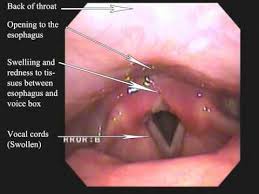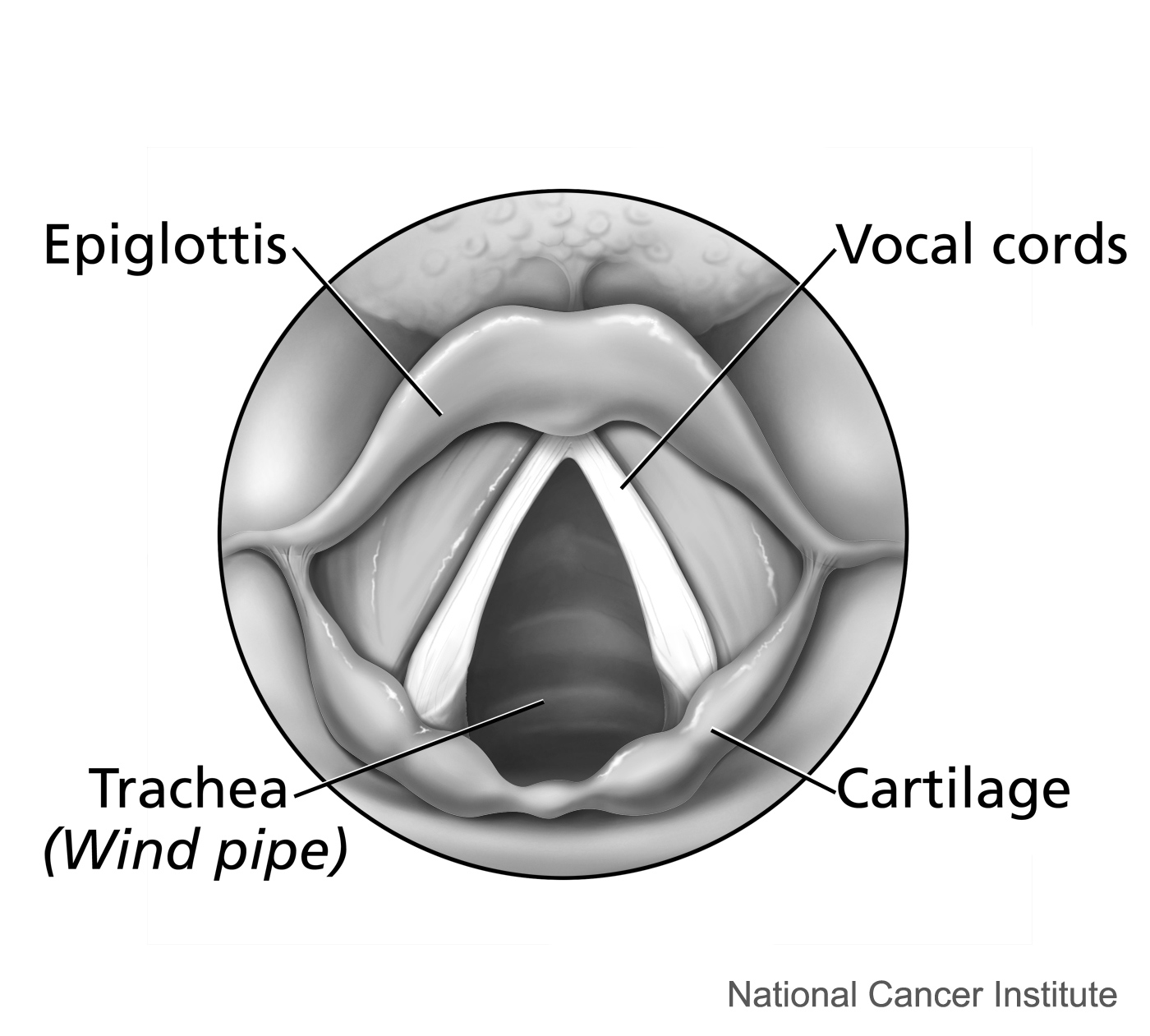Joseph R. Anticaglia MD
Medical Advisory Board
Chronic cough is a common and puzzling symptom. It hides behind many masks, some more deadly than others.
Patients have bounced from one specialist to another in an unsuccessful and costly attempt to get an accurate diagnosis and proper treatment.
‘Non-pulmonary’ cough means the lungs are not the underlying cause of the chronic cough.
If you have a chronic cough, it’s important to rule out the lungs as causing the problem. At a minimum, obtain a CT scan (computed tomography) of the lungs, skin test for tuberculosis and pulmonary function tests. If the test results are normal or negative, the problem is not asthma, bronchitis, TB or lung cancer or other lung disorders. If you smoke, quit smoking. If the cough persists, let a laryngologist exam the larynx (voice box).
The story of financial adviser Suze Orman serves to illustrate the frustration of many chronic cough sufferers. She writes in the foreword of the book, The Chronic Cough Enigma by Dr. Jamie Koufman, “For as long as I could remember, I have suffered from what many doctors told me was asthma. If I laughed too hard I would start wheezing.” If you watched me closely on certain TV specials “you will hear and see me gasping for air.”
Orman was diagnosed as having “airway reflux” disease, not asthma. She was placed on an anti-reflux program — a special reflux diet and medication. This program rejuvenated her life. She described it this way, No longer was I “gasping for breath, unable to speak, sleep or do much. Dr. Jamie saved my life.” She returned to lecturing after the successful treatment of airway reflux disease.
Reflux Disease
Many names have been ascribed to reflux disease. Laryngopharyngeal reflux (LPR) is the more popular name that describes the backflow of stomach contents into the throat and airways. When the reflux is not accompanied by heartburn or indigestion it has been referred to as silent reflux. Gaining in usage is the term airway reflux, indicating involvement of the airway passages which might masquerade as allergies, asthma, post nasal drip and sinusitis Extra-esophageal reflux has also been used for this problem

Wikipedia Silent Reflux (no heartburn, no indigestion)
Second arrow from the bottom points to swelling & redness, findings consistent with reflux disease.
Esophagus – food passage from back of mouth to stomach
Medical History
A medical history is the sine qua non (essential) first step to arrive at a diagnosis.
Consider Angie’s medical history: Angie, a 29 y/o customer service representative, spent many hours at work on the telephone. During one winter, she experienced several episodes of the common cold and one flu-like episode that cause her to miss a week from work.
After she returned to work, she complained of a dry, persistent cough and noticed that her voice “gave out” towards the end of the day. She saw many doctors on her medical “dreary-go-round’” until her doctor and a stroboscopy (a video exam of the back of the throat) pin-pointed the problem
The viral infections weakened the movement of the left vocal fold of the larynx, a condition referred to as post-viral vagal neuropathy (PVVN). The examination also demonstrated the presence of reflux disease. She was placed on an anti-reflux diet and special medication for her neuropathy. After several months of treatment she was off medication and back to her old self.
Angie’s dilemma was solved after medical management of reflux disease and the post-viral infection that damaged the vocal folds of the larynx.

Larynx — Vocal cords is another term for vocal folds
Another patient history involves Andrew, a 47 y/o stockbroker and the side effects of medications. He complained of a chronic, irritating, dry cough for about 6 months. He underwent various laboratory tests, image studies and was prescribed different medications without any improvement. His medical history was negative except for hypertension which was controlled by an ACE inhibitor (angiotensin-converting enzyme). Because of his high pressured job, his complaint was often dismissed as “nerves”.
Andrew was advised to discontinue the ACE inhibitor and use a different class of BP medication for his blood pressure. His nagging cough disappeared.
Being a skeptical sort, after a month of being symptom free, Andrew stopped using the newly prescribe blood pressure medication. As an experiment, he reverted to using the ACE inhibitor for one week. The cough returned and he stopped taking the ACE inhibitor. Finally, he remained symptom free on the new BP medication.
Causes of Non-pulmonary Chronic Cough
- Reflux disease
- Post-Viral Infections i.e. (PVVN)
- Side Effects of Medications
There are many causes of extra or non-pulmonary chronic cough including allergies, asthma, and post nasal drip. Some other causes are aspiration of a foreign body, diverticulum (out-pouching) of the esophagus, and surprisingly, wax in the ear canal
Chronic cough remains a common complaint. It’s a symptom (not a disease) that masquerades as the first complaint of many diseases. This impostor has caused a great deal of concern and frustration to both patients and doctors,
References
Pavord, ID et al; Management of Chronic Cough; Lancet; April 19, 2008
Koufman, Jamie MD; Chronic Cough Enigma; Katalitix Media, 2014
Anticaglia, Joseph R’ Cough When Should You Worry? HC Smart, January 31, 2016
Anticaglia, Joseph R; The Cough Reflex; Gatekeeper of the Lungs; HC Smart; December 5, 2015
Ra, KM; Diagnosis and Management of Chronic Cough due to Extrapulmonary Etiologies; Journal of Clinical Practice, October 2014
Taliercio, RM, DO; Hatipogu U, MD; Cough; Cleveland Clinic, March 2014
This article is intended solely as a learning experience. Please consult your physician for diagnostic and treatment options.

